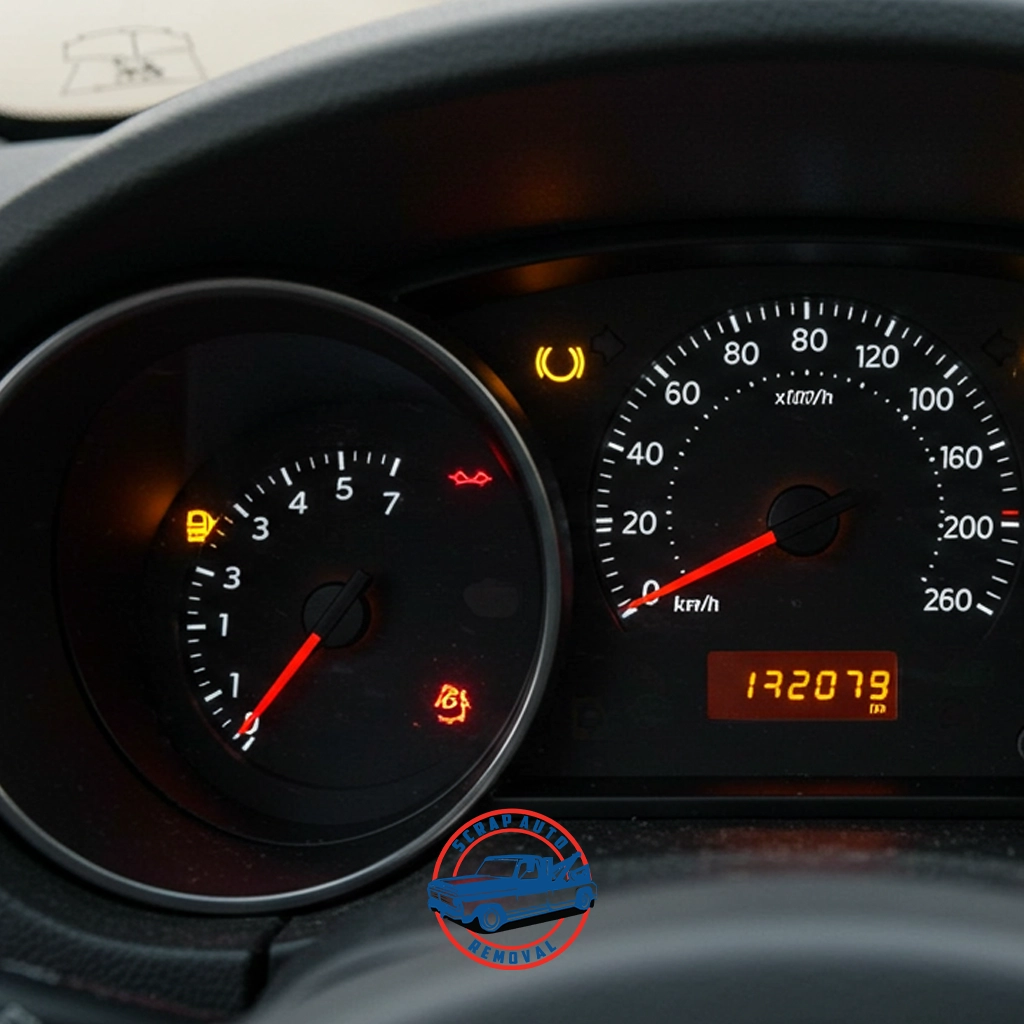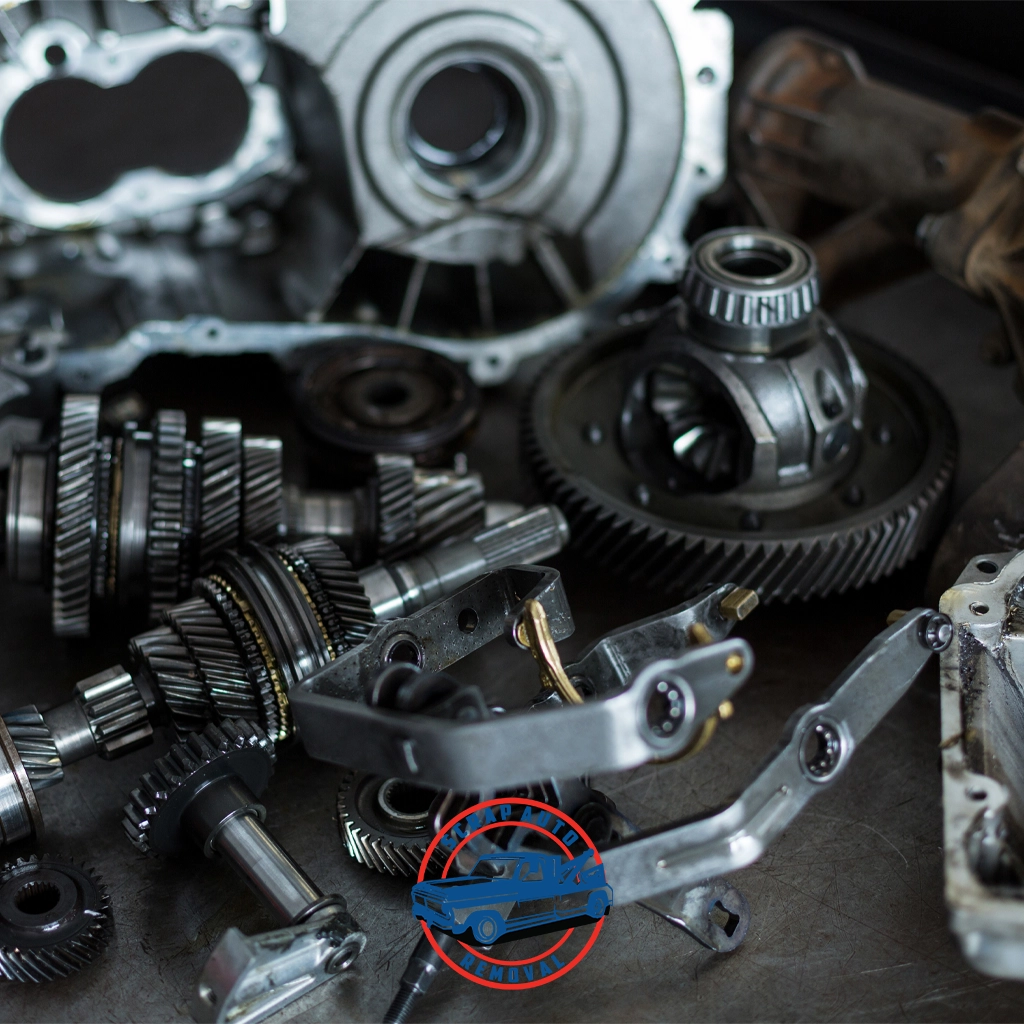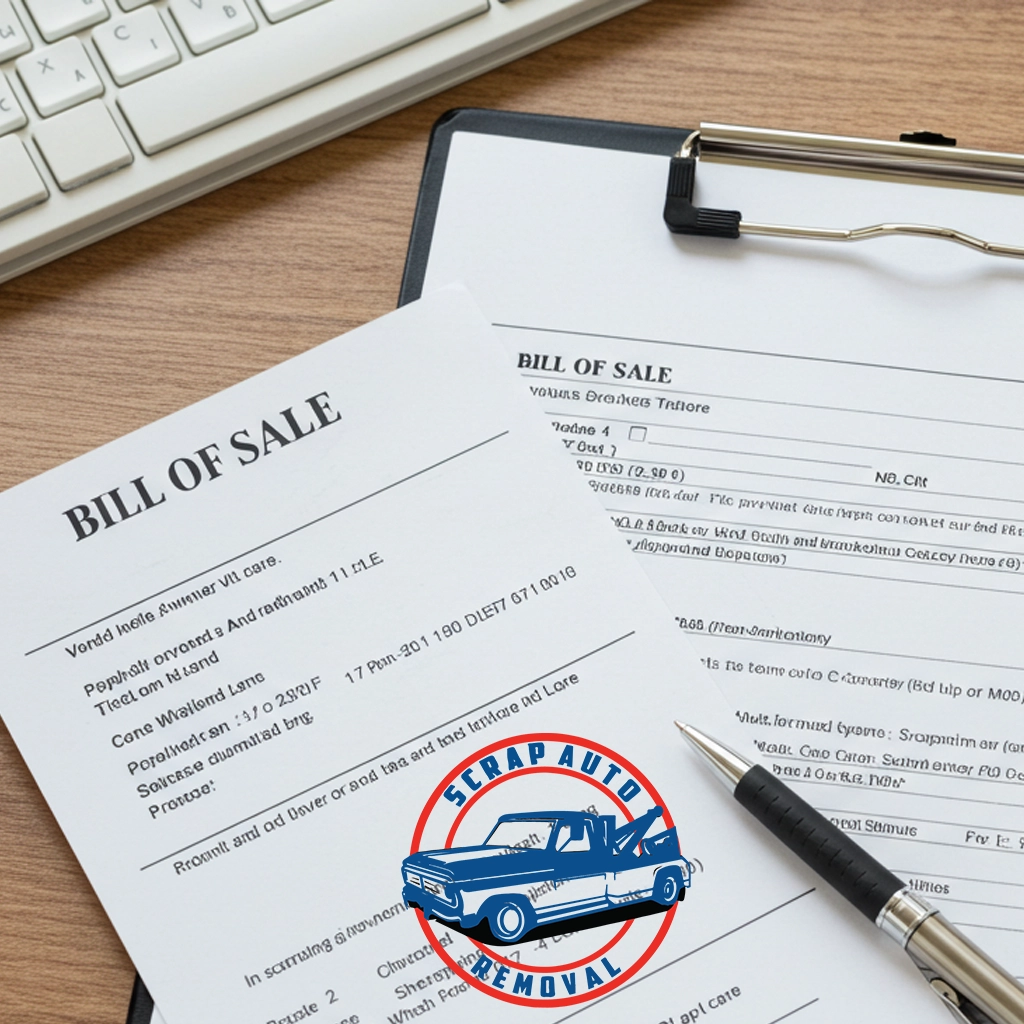Let’s face it, accidents happen. And sometimes, those accidents leave your car a little worse for wear. Maybe it’s a fender bender, a hail storm’s wrath, or even just the wear and tear of time taking its toll. If you’re wondering how to sell a damaged car, you’re definitely not alone. It can feel like a daunting task, but it’s absolutely achievable, and with the right approach, it doesn’t have to be a headache.
It’s not just about getting rid of the car, though. It’s about understanding your options, being realistic about its value, and finding the right buyer who’s willing to take it on. So, let’s dive into the ins and outs of selling a damaged car and make the process as smooth as possible.
Assessing the Damage: How to Sell a Broken Car

Before you even think about putting your damaged car on the market, it’s crucial to have a clear understanding of the extent of the damage. Start by getting a professional estimate from a mechanic or body shop; this will give you a realistic idea of the repair costs. Be honest with yourself and note all the damage, both major and minor, as downplaying anything is a recipe for trouble when selling a damaged vehicle.
Even with damage, consider the car’s age, mileage, and overall condition. A newer car with minor damage might be more appealing than an older one with significant issues. Knowing the full scope of the damage will help you set realistic expectations and price your car appropriately when figuring out how to sell a damaged car.
Exploring Your Options: Finding the Right Path
When it comes to selling a damaged car, you have several options to consider:
Selling to a Private Buyer: Potential for Higher Returns
Choosing to sell your damaged car to a private buyer can potentially get you the most money, but it’s important to be prepared for the extra effort involved. You’ll need to create a listing, take photos, answer inquiries, and be upfront about the damage. It’s crucial to be transparent about the car’s condition and provide all the necessary information to potential buyers. While it might take more time and effort, finding the right buyer who’s willing to take on a project car or is looking for parts can be financially rewarding.
Selling to a Dealership: Convenience, Especially with a New Purchase
Some dealerships are willing to buy damaged cars, especially if you’re planning on purchasing a new vehicle from them. This can be a convenient option as you can often trade in your damaged car and use its value towards your new purchase. While you might not get top dollar, the process is generally straightforward and can save you the hassle of finding a separate buyer. It’s worth checking with dealerships in your area to see if they offer this option.
Selling to a Junkyard or Scrap Yard: A Practical Solution for Severely Damaged Cars
If the damage to your car is severe or if it’s an older model with high mileage, selling a car to a junkyard or scrap yard can be a practical solution. These businesses typically buy cars in any condition and will often tow the vehicle away for you. While you might not get a lot of money, it’s a quick and easy way to get rid of a car that’s no longer roadworthy. It’s a straightforward option when the car’s value is primarily in its scrap metal.
Selling to a Scrap Auto Removal Service
Quick and Hassle-Free Services specializing in Scrap Auto Removal buy cars in any condition, including damaged ones. They offer a quick and convenient solution, often providing a quote over the phone or online and handling all the paperwork. They will typically come to you to pick up the car and pay you on the spot. If you’re in Alberta and looking for a hassle-free way to sell a damaged car, even one that’s seen better days, reaching out to scrap car removal Calgary service could be a good option.
Pricing it Right: Balancing Expectations and Reality
Pricing a damaged car can be tricky, as you’ll need to balance your desire for a good price with the reality of the car’s condition. Start by researching online listings for similar cars with comparable damage to get a baseline. Then, factor in the estimated cost of repairs by deducting that amount from the car’s value if it were in good condition.
It’s important to be realistic and not expect top dollar for a damaged car, so be prepared to negotiate. In cases of severe damage, the car’s scrap value might be the most realistic price. Pricing your car appropriately is key to attracting potential buyers and helping you sell it more quickly.
Being Transparent: Honesty is the Best Policy

When selling a damaged car, transparency is absolutely crucial. Be upfront about all the damage, both cosmetic and mechanical, leaving no room for misinterpretations. Provide any documentation you have, such as repair estimates or accident reports, to give potential buyers a clear picture. Allowing buyers to have the car inspected by a mechanic of their choice can also build trust and reassure them. Remember, honesty builds trust and avoids any surprises for the buyer, ultimately leading to a smoother and more successful sale.
Showcasing the Positives: Highlighting the Good
Even though your car is damaged, it likely still has some positive attributes. If you’ve recently had any maintenance done, like new tires or brakes, be sure to highlight that. Emphasize any desirable features the car has, such as a sunroof, leather seats, or a good sound system. If the damage is mostly cosmetic, focus on the car’s potential for someone willing to invest some time and effort. Focusing on these positives can make your damaged car more appealing to potential buyers.
Handling Negotiations: Finding Common Ground
Negotiation is often part of selling a car, especially when it’s damaged, so it’s wise to be prepared to compromise. Buyers will likely try to negotiate the price down, so have a bottom line in mind before you start. It’s also important to know your car’s fair market value, even with the damage, so you don’t accept an offer that’s significantly below what it’s worth. Finally, be patient and don’t feel pressured to accept the first offer you receive. Being prepared and knowing your car’s value will help you navigate negotiations effectively and reach a fair agreement.
Completing the Sale: Ensuring a Smooth Transaction
Once you’ve agreed on a price, it’s time to finalize the sale, and this requires attention to detail. Create a written bill of sale that clearly includes the names of both the buyer and seller, the specific details of the vehicle, the agreed-upon sale price, and the date of the transaction. It’s crucial to follow your local DMV’s guidelines for transferring the title, ensuring all necessary steps are taken.
Finally, ensure you receive payment in a secure form, such as cash or a certified check, to protect both you and the buyer. Completing the sale correctly is vital for a smooth transaction and to prevent any potential issues down the line.
Conclusion
Selling a damaged car might initially feel like a hurdle, but with the right approach, it’s absolutely manageable. By being honest about the vehicle’s condition, maintaining realistic expectations, and thoroughly exploring your selling options, you can successfully find a buyer and move forward. Remember to highlight any positives the car may possess, be prepared for negotiation, and ensure all the necessary paperwork is handled correctly and efficiently. Understanding how to sell a damaged car empowers you to navigate this process with confidence. Once the sale is complete and the paperwork is signed, you can breathe a sigh of relief, knowing you’ve navigated the process successfully, and look forward to the next chapter.












